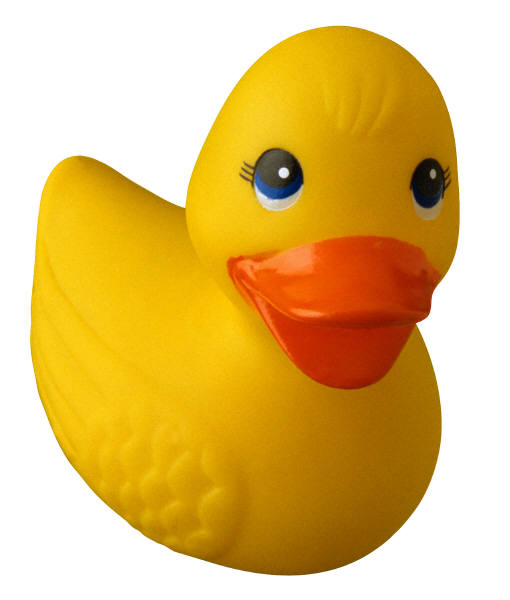A recurring theme that we have explored in this blog has to do with establishing an environment for collaboration within a school community. Who should be the leader? What should it look like? What is our role? How do we define collaboration? Who does it benefit?
We are not alone. These are not questions that are unique to the teacher librarian perspective, but are being asked again and again by others who are trying to shift the paradigm in teaching and learning. Moving from an isolated classroom to co-teaching in a variety of learning spaces requires rethinking possibilities for instruction. Derek Hatch, a contributor to the Connected Principals Blog, posted on Feb. 7, 2014, “True collaboration is a very important skill and it is something that I believe we need to teach our students…both directly and by example.” As an administrator, he lays out his vision of nine components present in true collaboration, and they all sound very familiar. Adults lead by modeling, shared vision, trust, time, flexibility, understanding roles, commitment, shared leadership, and risk taking. For teachers to teach students to collaborate, they need to talk the talk, and walk the walk.
One of the most important things that an administrator can do to improve collaborative practice within a school is to establish a shared vision, and secondly, to allow time and flexibility for all teachers, not just classroom teachers, to explore and refine ideas about collaboration. Without the time to really delve into collaborative teaching, and the flexibility in schedules and expectations, teachers will find it hard to move forward on the other components that Hatch lists. That is a real challenge, and the commitment needs to be there to build and continue collaborative relationships over time, not just one year.
As Melissa suggested last week, the 7 Spaces for Learning should also be part of that vision. Let’s get out of the classroom and into the world, physically and virtually. In this day and age, we are not confined by four walls, learning happens in multiple places and dimensions. There are many exemplars to guide the way. Just look for successful collaborative teaching projects that are shared through school websites, Youtube videos, Twitter and other social media.
Here’s an example of a school where collaboration is valued and celebrated. Find out how a whole school in rural Vermont took a trip to Paris, France. Enjoy the tour!
References:
Hatch, Derek. (2014). “More on Collaboration: Essential Ingredients.” Connected Principals (weblog) Feb 7, 2014. http://connectedprincipals.com/archives/10189
Kelly, Julie. “Welcome to Paris.” (2014). WCAX News. Feb 20, 2014 http://www.wcax.com/story/24778900/welcome-to-paris
Image: Classroom Clipart c.2011



 I follow the posts on the MiddleWeb blog. On January 27th, Elizabeth Stein posted “
I follow the posts on the MiddleWeb blog. On January 27th, Elizabeth Stein posted “